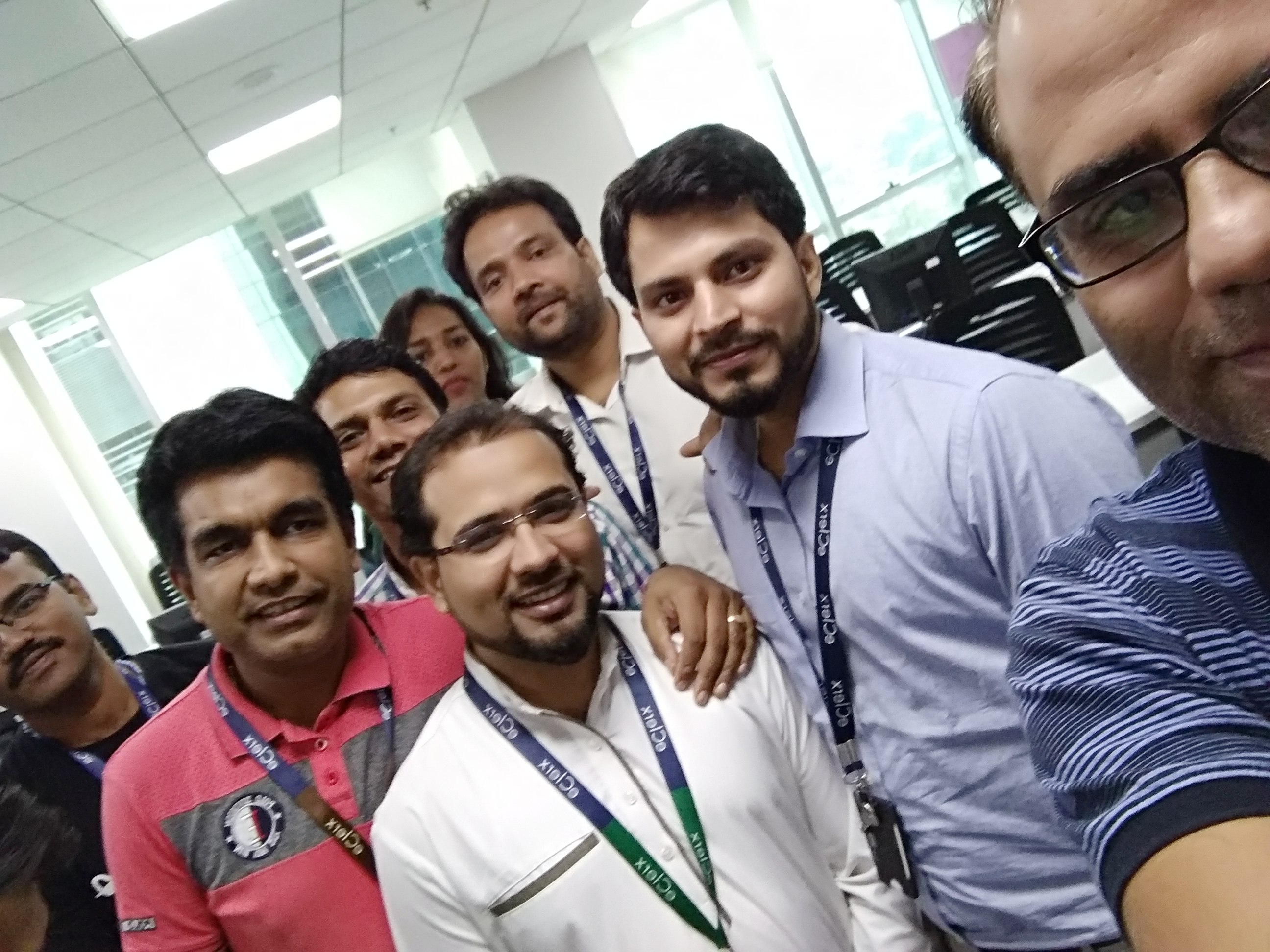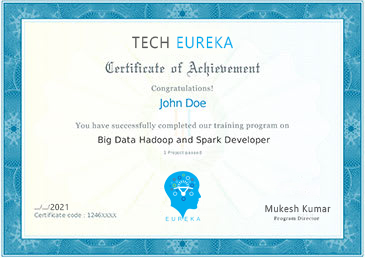
Apache Cassandra Administration
0 Learners
Gain the practical expertise to install, configure, and monitor Cassandra. Be industry ready to deploy and manage the Cassandra distributed NoSQL database.

Gain a practical working knowledge of Cassandra architecture, interfaces and data model. Master the deployment of Apache Cassandra - an open-source distributed NoSQL database. Build scalable database solutions with high availability and performance. Deploy Cassandra to manage your big data with tunable consistency. Master NoSQL best practices and practice on cloudlabs as you learn with our industry expert.
Be the Cassandra expert your organization needs.
Column Orientation, Schema Free, High Performance, USE Cases for Cassandra, Cassandra Installation
Contact Us
Let our experts clear your doubts

Mukesh has overall 15 years of industry experience, started his career as Software project engineer and worked in different roles such as Project Lead, Software Architect and Enterprise Architect for over 12 years. In the last 3 years, he hasworked as professional consultant and cooperate trainer for conducting workshop and training programs in the area of Big Data Analytics and helping client’s migrating their data platform and applications to Big Data platform to leverage the scalability and cost effectiveness of these platforms.
As a corporate trainer, he has conducted around 450 corporate batches, 150 online batches and trained around 18000 people. These training program were conducted for 85 different companies including Flipkart, Walmart Labs, Cisco , eBay etc.
The list of technologies covered in Hadoop Administration and development stack are HDFS, MapReduce, Hive, Hbase, Hue, Zookeeper, Kafka, Oozie , Flume, Solr, Sqoop, Nifi, Talend, Phoenix, Drill, Presto, Ranger, Kerberos, Ambari , Apache Spark, Apache Storm and Machine Learning using Spark-ML,and in the No-SQL world Cassandra, Redis, MongoDB , Python, R and ElasticSearch .
Apart from conducting classes, he has been engaged as a consultant with many clients such as Scope International (A subsidiary of Standard chartered bank), Manhattan Associate, Hewlett Packard Enterprise and Subex, to harness the big data platform for carrying out enterprise scale data analytics, data processing, distributed search and visualization.
Apache Cassandra 3.x Administrator Associate Certification is the ideal foundational certification exam for administrators looking to test their Apache Cassandra™ expertise. Focused on fundamental Apache Cassandra™ knowledge, this exam will set you on the pathway to join thousands of engineers already certified on the industry’s most popular, massively scalable NoSQL database.

Tech Eureka's Blended Learning model brings classroom learning experience online with its world-class LMS. It combines instructor-led training, self-paced learning and personalized mentoring to provide an immersive learning experience
Understand the steps involve in performing rolling upgrade.